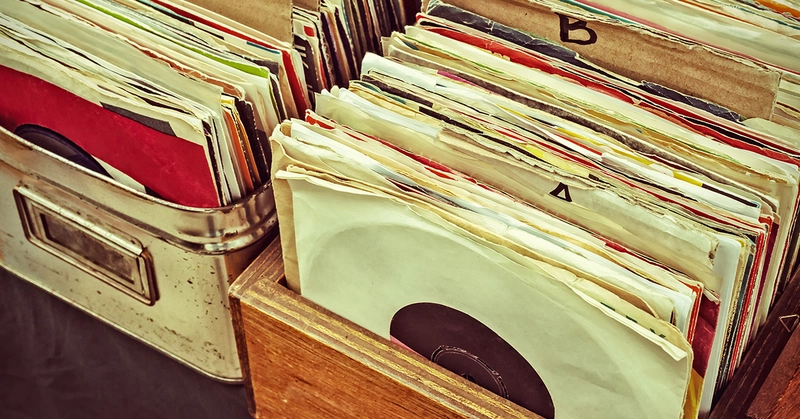
Digitising - Modernising Audio & Video
So the time has finally come to convert your records, or cassettes (or 8-track?) to digital files. Sure, it’s a sad thing that they don’t provide an 8-track option at the car dealership anymore, but times have changed. We can live in hope for an ‘45 / 8-track / iPod / DAB+ receiver, but we wouldn’t suggest to hold your breath. So it’s time to digitise. Of course those home movies aren’t getting any younger either, and digitising means you can have them forever (long after the last VCR repair shop has closed its doors).
What is Digitising?
Quite simply, digitising is the process of converting analogue sources to a digital file type. The process is virtually the same for video or audio (or both), just the hardware is a little different.
Standalone vs. PC
Standalone video digitisers aren’t as common, but standalone audio converters are. They basically play the analogue source and record into a digital source.
With a PC, it’s computer controlled, and you can often “trim” clips to make sure they start and stop where you’d like. You can also preview and monitor what’s happening right there in the software. If you’re doing a lot of conversions, software will likely make the process easier for you. It also means you can save files directly to your hard drive, as you could quickly fill up a USB drive (most commonly required for digitising in a standalone converter). Of course with a standalone unit, you can put the flash drive into your computer to offload the files, and restart the process. It will all end up the same way.
Quality?
Like everything, the quality of the playback and recording will directly affect the end result. A self-contained unit does eliminate many of the problems inherent in this process. A crude method of digitising would be playing a record on your stereo, and sitting your smartphone next to the speaker recording. Sure, then you have the audio on your smartphone, but the quality won’t nearly be what you would desire.
CD Quality
It’s important to note that these devices aren’t “magic” either. If you have old records, they’re still going to sound like old records. Just because they record at hi-fi quality, that doesn’t mean your 1940s record is instantly a modern remastered master track. The high recording quality of the devices means they have enough power to capture your audio accurately. So even though it’s on your computer, it’s still going to sound quite like the original (but that’s usually what you want anyway). Without exceptionally expensive studio-quality remastering techniques, the only way quality usually goes is down. But once they’re on your computer, they’re safe and not going to degrade. You can even send them into the cloud as backups to ensure they’re preserved almost indefinitely.
What About “Really Old” Video?
This takes the old “point the video camera at the wall trick”. If your source technology predates standard audio/video connections, this might be your only option. This is especially true for 8mm film etc, which has no digitised component whatsoever, and is basically a whole series of photos put together. Depending on just how valuable these films are to you, there are two options here. Using your own projector and video camera, you effectively project the video onto your screen, and use a modern video camera to record the projection. This is a crude but effective method, with a good degree of success. If you require top-tier transfer however, there are specialised services which can high-resolution scan each frame, and re-sequence the video. This is basically how old films start the “remastering” process in Hollywood. It’s time consuming and costly, but it may be an option for you. A quick Google search for this type of service is usually the best way to start.

